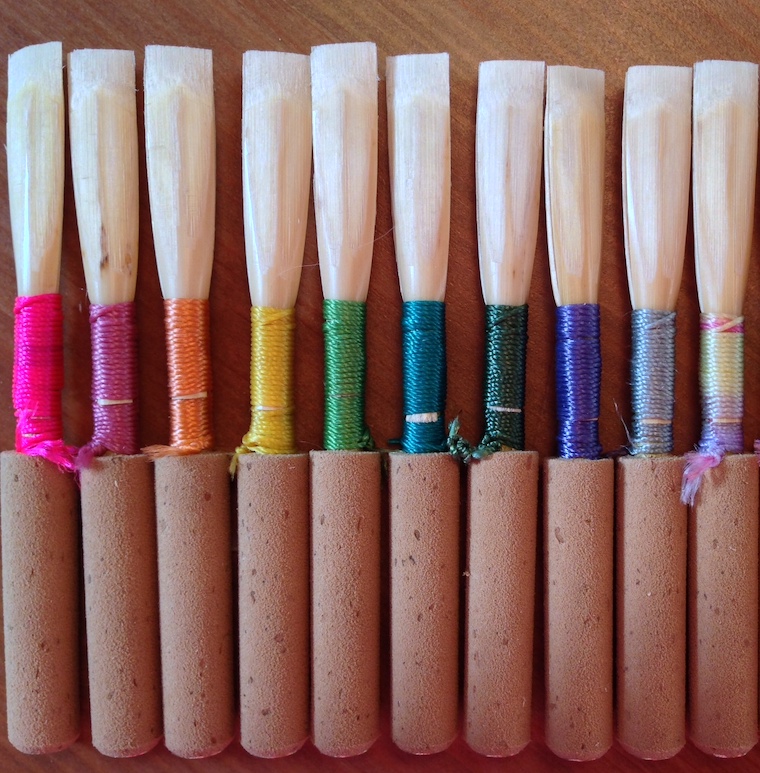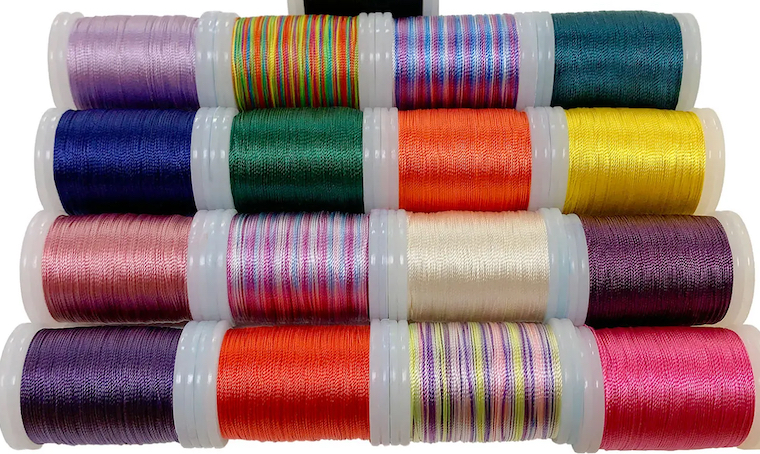When I was studying the oboe, I had a very good teacher. In our first lesson I don’t think I played a note – she had me feel and understand my breathing in a way that would inform my entire life. She taught me the importance of breathing into my stomach and making full use of my lungs, as well as how to relax into that breathing (it look most of that lesson because my entire body and mind were so decidedly and determinedly NOT relaxed). She also taught me all aspects of oboe-playing, including that infamous task that only the truest players dare to attempt: reed-making.
Unlike the clarinet or saxophone, the oboe is a double-reed instrument, meaning it uses two pieces of reed bound together through which the vibrations are made to produce the slightly nasal-like and unmistakable voice of the oboe. Making the oboe reed is an exercise in patience, determination, skill and a bit of luck. As a teenager, I didn’t come naturally by these traits, and so it was that reed-making became one very important lesson for me.
As I stood beside my teacher at the first few lessons, we worked on the basics, which were more or less getting me out of the infantile training I’d received in 5th grade band class at McNulty school. The plastic oboe and pre-manufactured reeds I’d been using there were a joke at every other place where remotely-decent music was being learned and played, and as I realized how unprepared for the rest of the world I was, she began guiding me and showing me how to improve.
On the high-backed knob of one of her chairs, a mass of colorful strings was tied, and it caught my eye before anything else. I would come to understand that those were reed strings – each one a sign that a reed had been made, or attempted – each one a testament to time and trial and occasional triumph. Reed-making was an infuriating process that took much to merely approximate mastery of the craft, but I did my best.
My teacher taught me how to soak and cut the raw cane pieces (ordered from France, where the best cane originated apparently), then how to coat the thread in beeswax before binding the cane together and attaching it to the cork-bottomed ‘staple’, and finally carving it into playable form with a carefully-sharpened knife. If it sounds like there is much room for error, there absolutely is, and for a once-perfectionist like myself, failing at over half of my attempts was soul-crushing at first.
Eventually, I got the hang of it, and could pound out a few reeds in a single sitting. My collection of thread grew, so that soon I had my own mass of colorful strings tied to a chair, pointing to the lessons I was learning. Later, I would discover that perfectly decent and passable reeds could be purchased already-made, but by then I’d come to appreciate the work and time and effort that went into making your own. It was an appreciation of craft that my teacher instilled in me early on, and it’s something that has stayed with me. It formed a way of acknowledging and savoring those moments when so much work and so many details went into a work of art, such as an oboe concerto, and made me pause in gratitude.
Back to Blog

